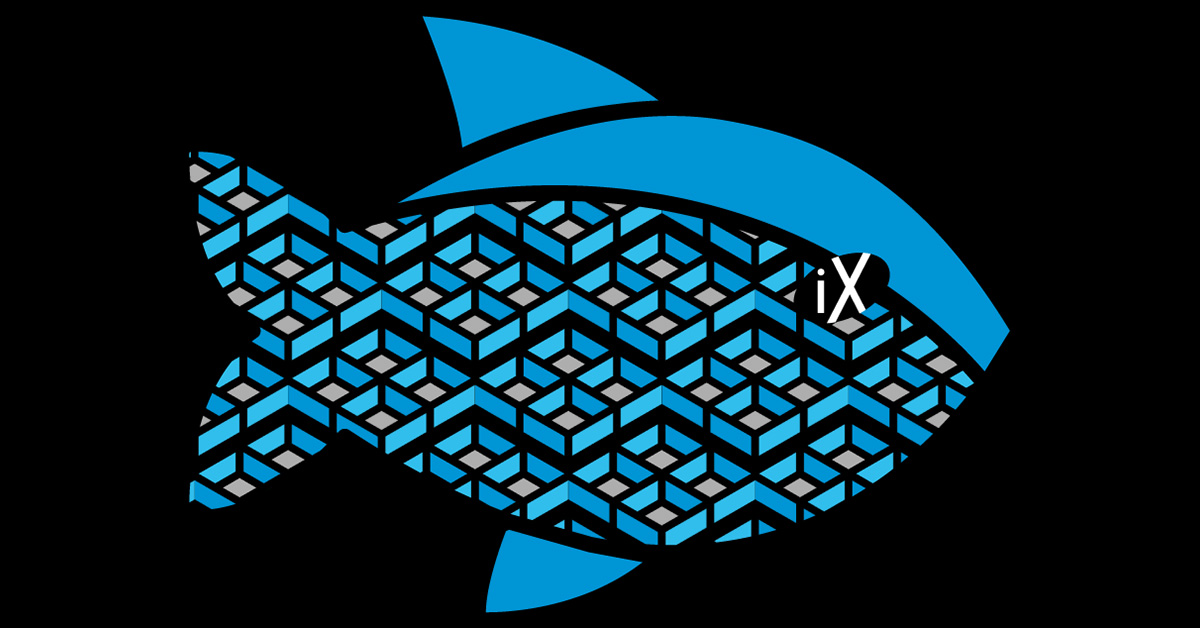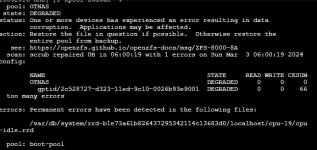sboutros
Dabbler
- Joined
- Sep 8, 2017
- Messages
- 14
I am trying to replace a disk in one of my pools.
Following instructions per - https://www.truenas.com/docs/core/coretutorials/storage/disks/diskreplace/
@ "Bringing a New Disk Online" and I get an error with the "Replace" step both with and without the Force checkbox checked.
Host is a Dell R710 running TrueNAS-13.0-U5.3
New disk was to replace da4 - now shows up as da5
Old disk: Seagate Ironwolf NAS - 4TB
New disk: Seagate Exos 10TB, shows up as 0B in web UI
Any insights to help with this?
Following instructions per - https://www.truenas.com/docs/core/coretutorials/storage/disks/diskreplace/
@ "Bringing a New Disk Online" and I get an error with the "Replace" step both with and without the Force checkbox checked.
Host is a Dell R710 running TrueNAS-13.0-U5.3
New disk was to replace da4 - now shows up as da5
Old disk: Seagate Ironwolf NAS - 4TB
New disk: Seagate Exos 10TB, shows up as 0B in web UI
Any insights to help with this?
Code:
File "/usr/local/lib/python3.9/site-packages/middlewared/plugins/disk_/format.py", line 11, in format
size = get_size_with_name(disk)
File "bsd/disk.pyx", line 37, in bsd.disk.get_size_with_name
File "bsd/disk.pyx", line 38, in bsd.disk.get_size_with_name
File "bsd/disk.pyx", line 48, in bsd.disk.get_size_with_file
FileNotFoundError: [Errno 2] No such file or directory


